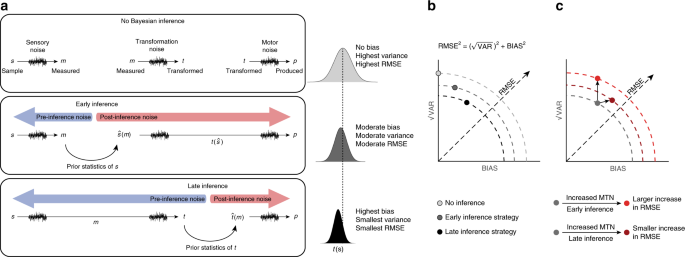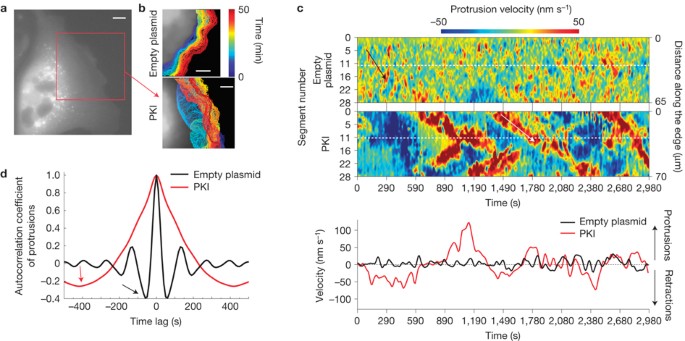

Moves backward approximately 0.083 inches. The breach block remains against the back of the cartridge until the slide When recoil begins, the slide moves toward the rear. But the moveable portion is independent of both slideĪnd receiver, and since it contains the firing pin, firing pin spring, and the extractor it is usually referred to as the breech block. Two parts, the rearmost portion that supports the rear of the firing pin being integral with the slide. Sometimes the breech block is referred to as being in The gun consists of the usual receiver and slide components, but the breech block is separate. company, in one of its advertising brochures, stated: “Breech remains positively locked until bullet has left the muzzle-not a blow-back action.” Wilson considered it a type of delayed blowback mechanism, and that seems reasonable to me, though others may certainly disagree. It has been labeled as a “momentum block” system andĪs a “blowback/recoil” system, in an effort to differentiate it from a simple blowback action, a delayed blowback action, or a standard locked recoilĪction. The unique locking mechanism of the Remington 51 is rather difficult to describe in words. The magazine safety does not appear on any of the known prototypes. It from being fired when the magazine is not inserted. The Model 51 also has a magazine safety which prevents Safety could be utilized by those who preferred a more positive lock. Remington advertised that the gun could be carried safely with only the grip safety in operation, but the thumb Interestingly enough, the thumb safety does not appear on the original patent drawings, though it does appear on all the known

Hammer is cocked, and when in the safe position it locks the grip safety so it cannot be disengaged. The thumb safety cannot be engaged unless the
#REMINGTON MODEL 490 DIAGRAM FULL#
Squeezing the grip safety with the slide locked open will cause the slide to closeĪnd, if a full magazine has been previously inserted, a round will be chambered. Slide if it is engaged when the slide is retracted. It also serves as a lock open device for the Since the grip safetyĭoes not pop out unless the gun is cocked, it acts as a cocked weapon indicator. The grip safety locks theĭisconnector, locks the sear in the hammer notch, locks the slide, and serves two additional functions. The gun has three safeties: a thumb-operated safety, a grip safety, and a magazine safety. Remington 51 is “.in the opinion of many authorities, the best pocket self-loading pistol ever designed.” Smith says: “With the sole exception of the Luger, and the new German Walther P38, the Walther PPK, Sauer-38Īnd Mauser HSc (all foreign developments) this Remington 51 is probably the best-balanced, most-instinctive-pointing pistolĮver made.” Some of the Remington advertising went so far as to describe the pistol as “self aiming.” R.K. Very few guns feel so much like an extension of the hand as does the Remington 51. Similar effort went into calculating the correct gripĪngle to allow the gun to point naturally. Hand molds to determine the correct size and shape for the average hand. The first thing you notice is how well the grip fits your hand-the result of extensive testing with One has only to hold the Remington 51 to feel its quality.

Many of the patented mechanisms were never utilized in a production gun. Patents were granted for various aspects of the gun’s mechanism, most to Pedersen. Loomis, both employees of the Remington Arms Company. Six went to John Pedersen, and one went to Crawford C. In 1920, seven patents were issued for the weapon. The first patent application on the gun was filed in 1915. The Remington Model 51 was designed by John D.


 0 kommentar(er)
0 kommentar(er)
